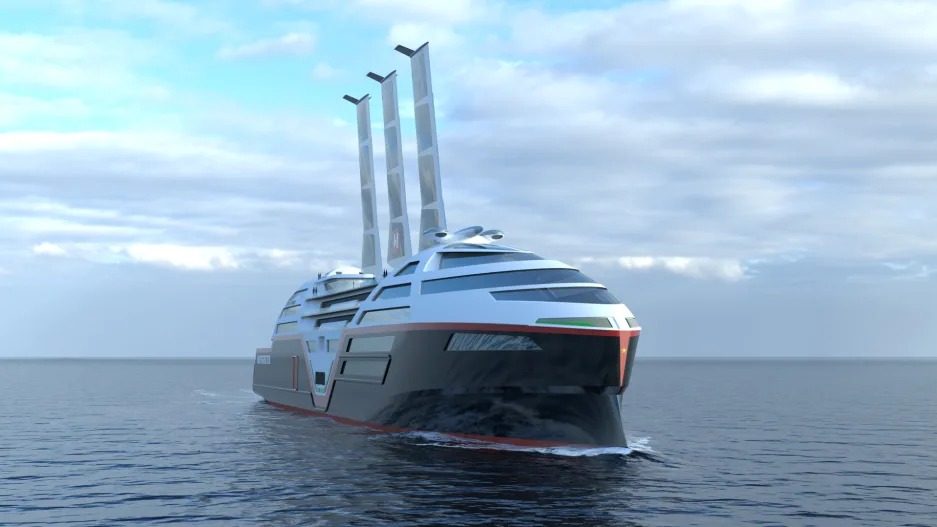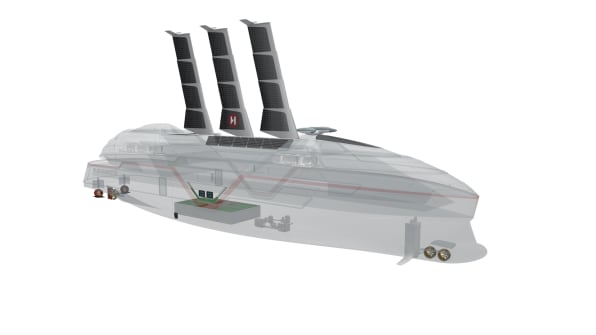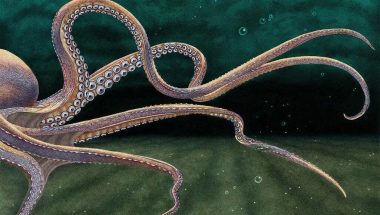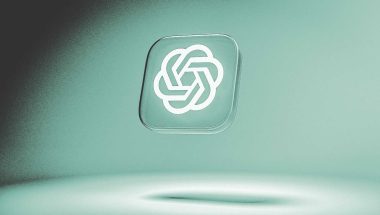- | 8:00 am
The world’s first zero-emission cruise ship will have sails covered in solar panels
In Norway, R&D is underway on what will likely be the world’s first cruise ship to run solely on renewable energy and batteries.

Last year, the Norwegian cruise company Hurtigruten (Norwegian for “the fast route”) set an ambitious goal: By the end of the decade, it would begin sailing a zero-emissions cruise ship.

The team saw that climate goals from some other companies were “very far off in time and very vague,” says Hedda Felin, CEO of Hurtigruten Norway. “So, we wanted to do it differently.” They recognized the major climate challenges faced by the shipping industry, which is responsible for around 3% of total emissions. After a detailed study of what might be technologically possible, they set a concrete goal of building the ship by 2030. Because construction will need to begin by 2027, it left only a few years to prototype and test some components that have never been used before. It will likely be the first zero-emissions cruise ship in the world.

Onboard, in a concept design that the company revealed today, three first-of-a-kind massive “wing rigs,” or specially designed sails, can capture both wind energy and solar power. The sails are retractable, so the ship can travel under bridges, following the same coastal route that the company has used for more than a century. When the wind or sun conditions are right, they automatically rise, extending up to 164 feet high, with more than 8,000 square feet of wind surface and 16,000 square feet of solar panels. (In the summer, under Norway’s midnight sun, the solar panels can generate energy continuously.)

The wind and solar power will help charge large batteries that can also plug in to charge on renewable energy when the ship stops at certain ports. Because the company travels along the coast of Norway with frequent stops, battery power is possible: On a cross-ocean journey, batteries would have to be so large that it wouldn’t make sense. Even now, the batteries that the company will need to use don’t yet exist; Hurtigruten is working with multiple partners, including a battery developer, to bring everything to fruition.
The 443-foot-long ship is also being designed to save as much energy as possible. The shape is streamlined to make it aerodynamic. A coating on the hull will help keep barnacles or other organisms from sticking to the side, helping it glide more smoothly through the water. “Air lubrication,” a system that covers the bottom of the ship with tiny bubbles, will also help it reduce friction. An improved propeller system is expected to help save 5%-10% of the ship’s energy. Artificial intelligence will help tweak routes for maximum efficiency. An app will give guests feedback on their own energy use, encouraging them to save more. While some of the features are already in use on other ships, “we want to take it to the next level and optimize it,” says Gerry Larsson-Fedde, senior vice president of marine operations for the company, who originally proposed the overall “Sea Zero” project.

Over the next two years, the company will work with partners on research and development and test that everything works as expected. Then, the shipbuilding will begin. Simultaneously, the company is working with regulators to get approval for some of the new technology they’re incorporating. Over time, they plan to upgrade their other seven ships to create a zero-emissions fleet. (Some are already hybrid designs with batteries; a sister company, Hurtigruten Expeditions, introduced the world’s first battery-hybrid ship in 2019.) They also hope to help push other companies to move faster. “We don’t want to be alone,” says Felin. “We need the entire industry to pull up our sleeves and work a bit harder and be more ambitious.”








































